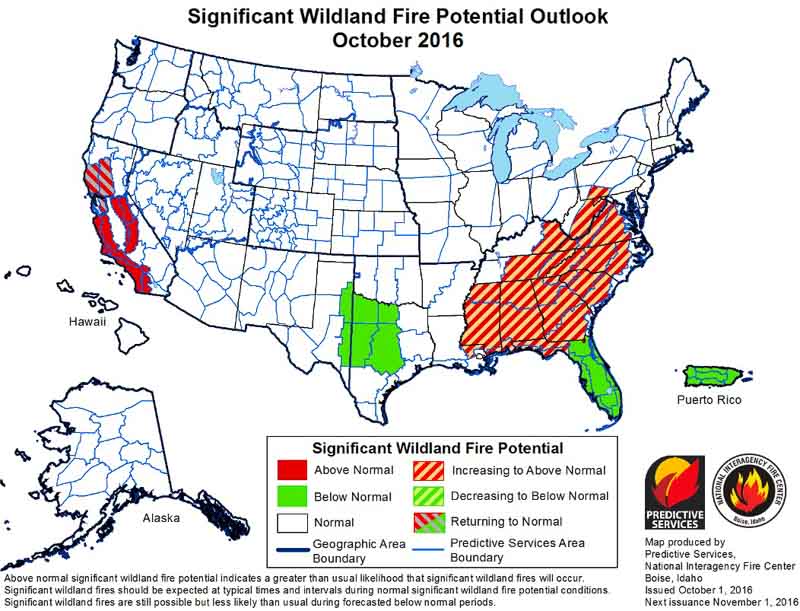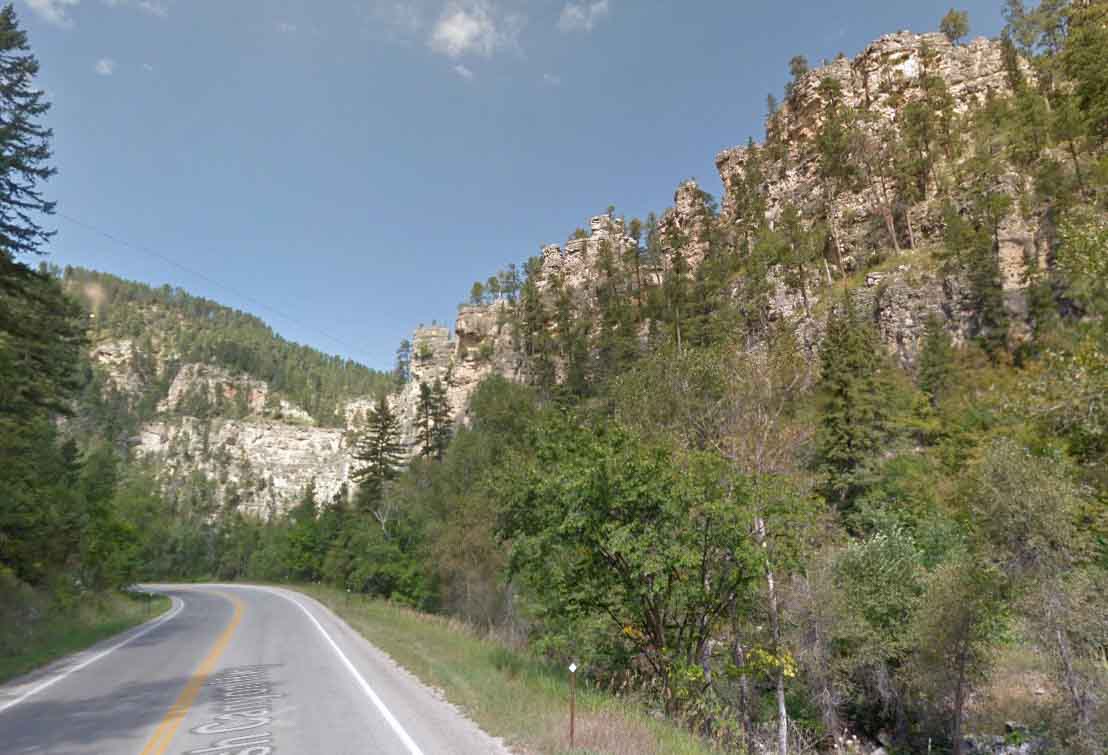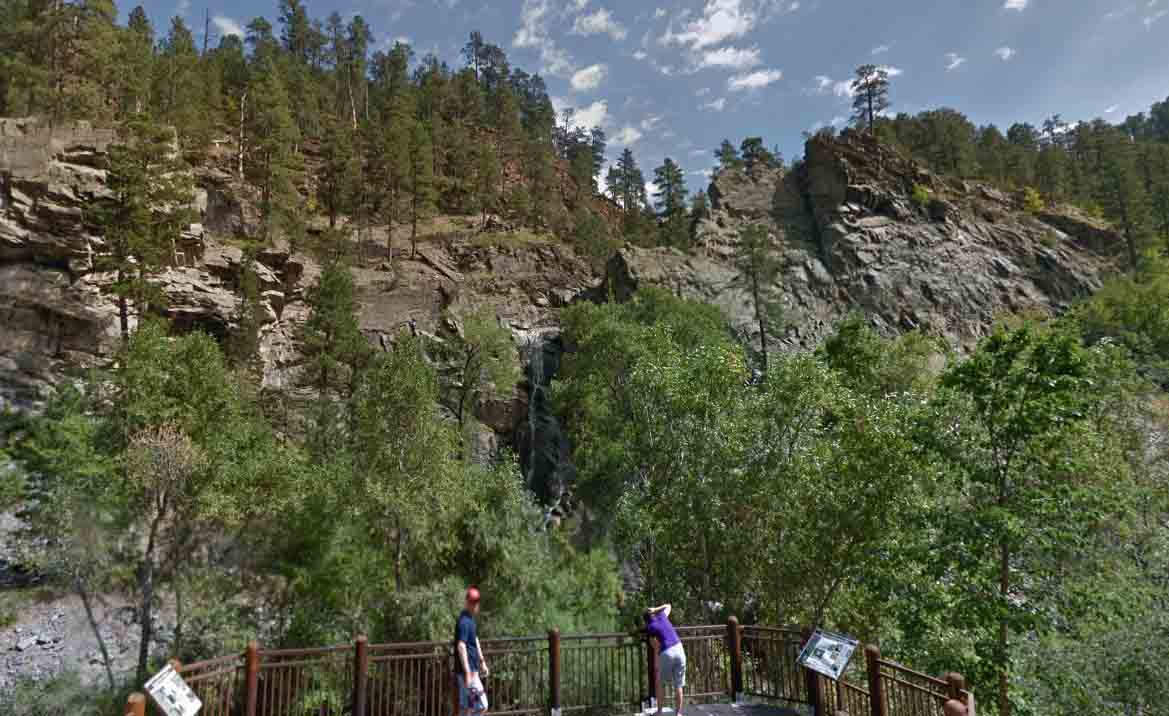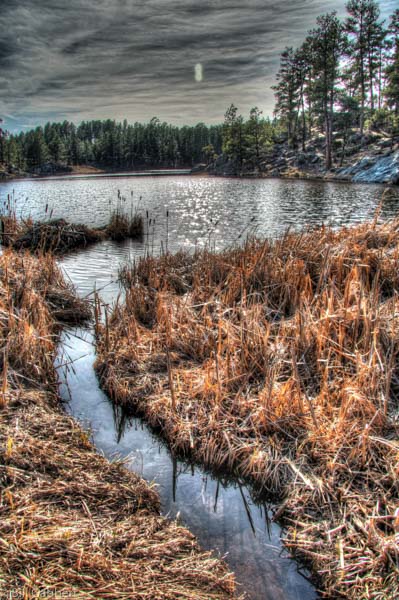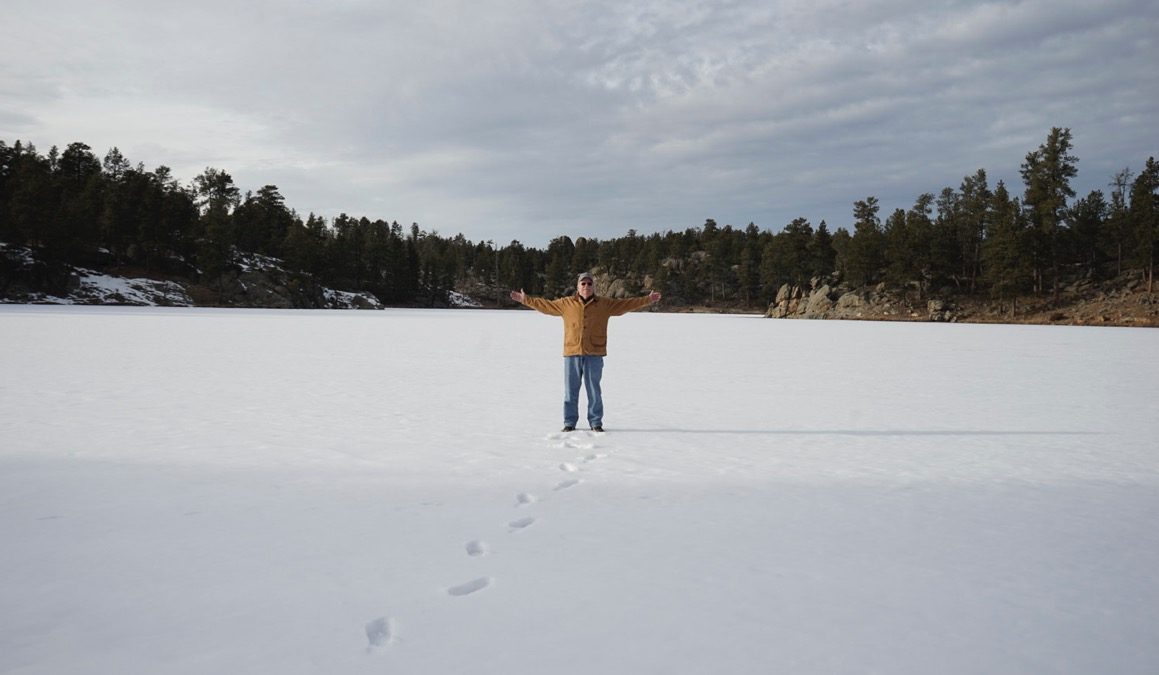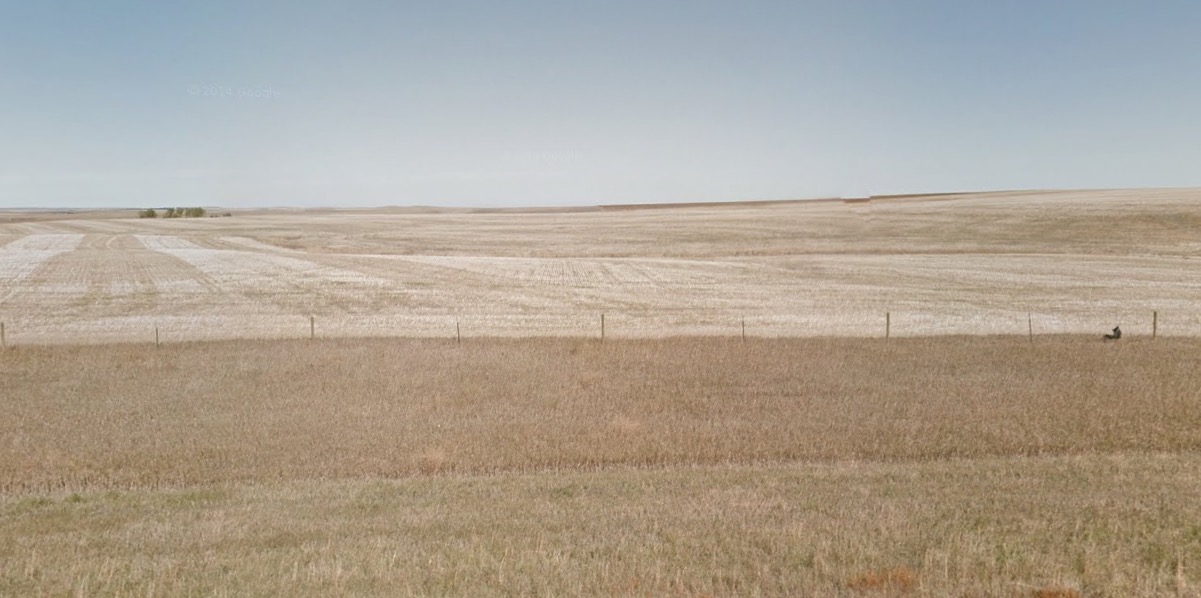On October 1 the Predictive Services section at the National Interagency Fire Center issued their Wildland Fire Potential Outlook for October through January. The data represents the cumulative forecasts of the ten Geographic Area Predictive Services Units and the National Predictive Services Unit.
If their predictions are correct, firefighters in the mountains of central and southern California could be busy through November, at least, while most of the Southeast is coming into what could be a very active fall fire season.
Scroll down to see 6 to 14-day temperature and precipitation outlooks, and Red Flag Warnings for October 2, but immediately below are highlights from the wildfire potential outlook.
****
“October represents a significant shift in fire activity in the United States. Shorter days, cooler nights and generally moister conditions reduce wildfire activity across the northern tier of the U.S., taking much of this area out of season or at least to very low fire activity conditions.
“October does represent the beginning of the primary time of concern for offshore flow across California. These dry windy conditions can lead to very significant fire events in areas with high populations. This year the forecasts indicate that offshore wind events may be less frequent than usual. However during even light wind periods fires will occur and they will have the potential to spread extremely quickly with extreme fire behavior. Fuels continue to be very dry in California due to long term drought and increased vegetation stress and mortality. Under windy conditions these fuels will become extremely volatile and can support extreme fire behavior.
“October also marks the start of the fall fire season across the eastern U.S. Leaf drop begins and adds a new dry layer of fuel. In seasons such as this one where leaf drop occurs on already dry fuels, fire activity can be amplified. Expect this to lead to increased initial attack activity and probably a slight increase in large fires. Fire activity occurs year round in the southeastern U.S. so the most likely scenario is to see an increase in frequency and the potential for more control problems than usual on fires this fall.
Continue reading “Wildfire potential, October through January”

